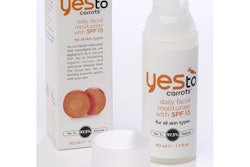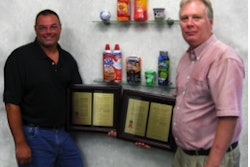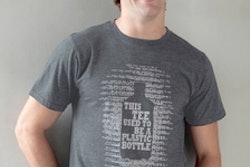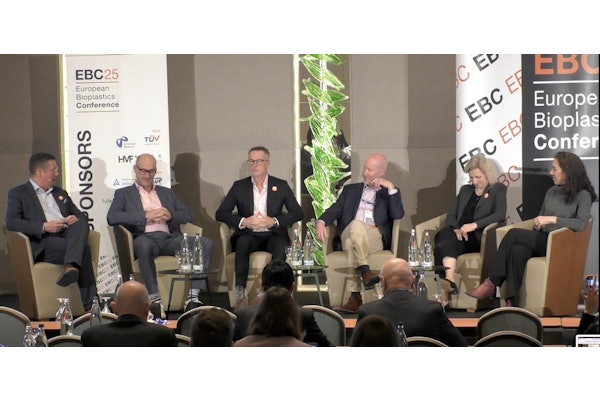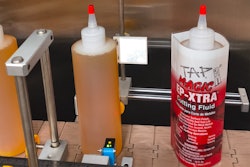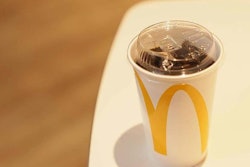But as I mentioned, I found the freewheeling and interactive nature of the PDW stimulating, to say the least. Here are a few of the nuggets I was able to come away with:
• Focus groups are an important part of the package design process. But focus group participants are more likely to gravitate toward what’s common than what’s inspired. What focus group participants do know is package functionality. So pay close attention to the functionality cues you get from focus groups, but look elsewhere for inspiration. This is a reliable formula for arriving at package designs that are functional and innovative.
• While there are some signs that packaging professionals are finally being given a seat at the table, it’s still too likely for packaging to be viewed as nothing more than a cost to be minimized. This is a recipe for disaster where new product launches are concerned. The packaging team needs to be involved in the strategy behind the launch. Don’t have the new-product developers come up with a concept and then go to the packaging team with a strategy to be executed. Let packaging professionals be part of the strategy formation.
• When it comes to sustainable packaging, don’t forget that a fresh look at the product itself may be required. Just ask the folks at General Mills. By changing the shape of their Hamburger Helper noodles, they were able to reduce package size by 20%.
• Opportunities for innovative package design are more plentiful in some categories than others, and OTC Pharma is one category that offers a lot of opportunities. One PDW participant commenting on the dearth of inspired package design in OTC Pharma put it this way: “They’re the last frontier.”


